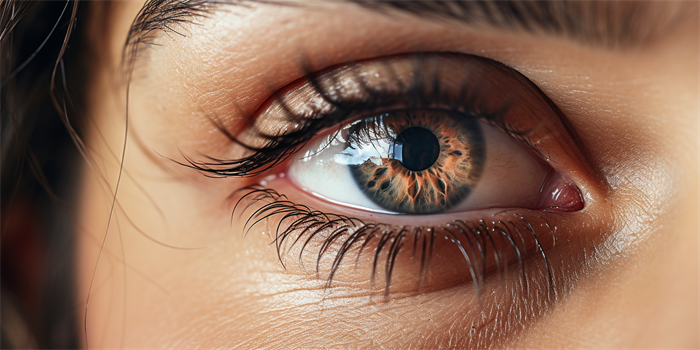How Long Does the Pain Last for Microblading in Papua New Guinea?
Microblading, a popular semi-permanent makeup technique, has gained significant traction in Papua New Guinea for its ability to enhance eyebrows with natural-looking strokes. However, like any cosmetic procedure, it involves some level of discomfort and recovery period. Understanding the duration and nature of the pain associated with microblading is crucial for anyone considering this procedure in Papua New Guinea.

Initial Discomfort During the Procedure
Microblading involves using a handheld tool with fine needles to deposit pigment into the skin, creating the appearance of individual hair strokes. During the procedure, some clients may experience a mild discomfort akin to light scratching or pricking. This sensation is generally manageable, and practitioners often apply a topical anesthetic to minimize pain. The initial discomfort typically lasts for the duration of the procedure, which can range from one to three hours, depending on the complexity of the design and the individual's pain threshold.
Post-Procedure Pain and Swelling
After the microblading session, it is common to experience some degree of pain, swelling, and redness around the eyebrows. This post-procedure discomfort is usually mild to moderate and can be alleviated with over-the-counter pain relievers like ibuprofen. The swelling typically peaks within the first 24 to 48 hours and then gradually subsides. Applying a cold compress can help reduce swelling and provide comfort. The pain and swelling generally resolve within a week, but individual experiences may vary.
Healing Process and Long-Term Comfort
The healing process for microblading involves several stages, each with its own set of sensations. Initially, the treated area may feel tight and itchy as the skin starts to heal. This is a normal part of the recovery process and should not be scratched. As the scabs form and eventually fall off, some clients may experience a tingling or burning sensation. It is essential to follow the aftercare instructions provided by the practitioner to ensure proper healing and minimize discomfort. Once the healing is complete, which typically takes about four weeks, the area should feel normal with no significant pain.
Factors Influencing Pain Duration
Several factors can influence the duration and intensity of pain experienced during and after microblading. These include the individual's pain tolerance, the skill and technique of the practitioner, the use of anesthetics, and adherence to aftercare instructions. Individuals with a higher pain tolerance may experience less discomfort compared to those with a lower threshold. Skilled practitioners who are adept at minimizing trauma to the skin can also reduce the likelihood of prolonged pain and swelling. Proper aftercare, such as keeping the area clean and avoiding sun exposure, can expedite the healing process and reduce discomfort.
Professional Recommendations and Aftercare
To ensure a smooth and pain-free microblading experience, it is crucial to choose a reputable and experienced practitioner. Professionals in Papua New Guinea who specialize in microblading can provide comprehensive guidance on what to expect and how to manage any discomfort. Aftercare is equally important; clients should avoid picking at scabs, using harsh chemicals on the treated area, and exposing it to direct sunlight. Following these recommendations can help minimize pain and ensure optimal results.
FAQ
Q: How long does the initial discomfort last during microblading?
A: The initial discomfort, which feels like light scratching or pricking, lasts for the duration of the procedure, typically one to three hours.
Q: What can I do to reduce post-procedure pain and swelling?
A: Over-the-counter pain relievers like ibuprofen can help alleviate pain, and applying a cold compress can reduce swelling.
Q: When will the treated area feel normal again?
A: The healing process usually takes about four weeks. Once complete, the area should feel normal with no significant pain.
Q: Are there any factors that can make the pain last longer?
A: Factors such as low pain tolerance, inexperienced practitioners, and inadequate aftercare can prolong the pain and healing process.
Q: How important is aftercare in managing pain after microblading?
A: Proper aftercare is crucial for minimizing pain and ensuring optimal healing. Avoiding sun exposure, picking at scabs, and using harsh chemicals are key aspects of aftercare.
Understanding the pain duration and management strategies for microblading in Papua New Guinea can help individuals make informed decisions and ensure a comfortable and successful procedure.




